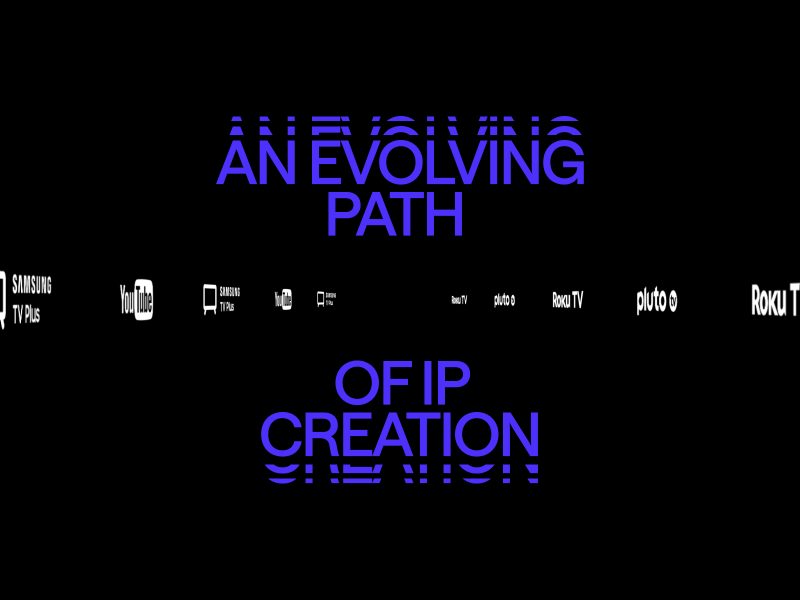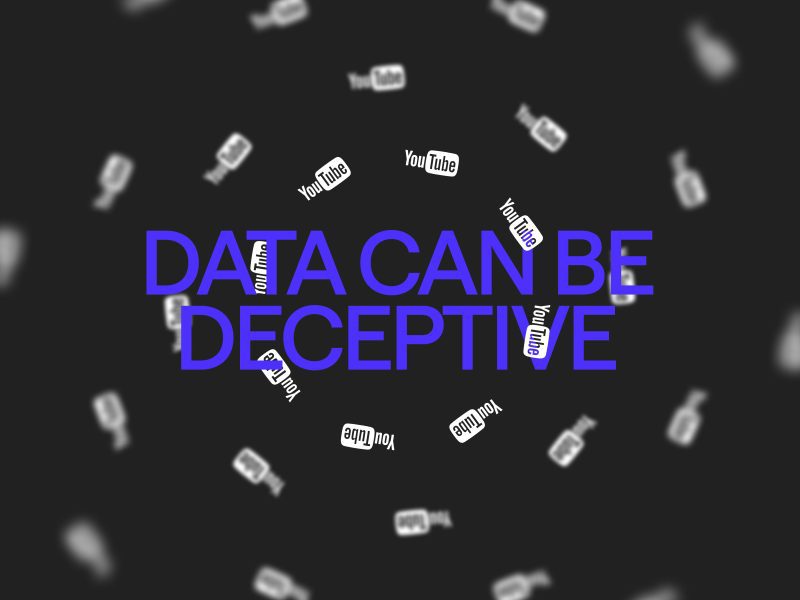The Path to Large Scale Media Success is No Longer Straight – and how data has grown more deceptive

An Evolving Path of IP Creation
The road to a successful TV show or film used to be straightforward. Writers, producers, and studios would quietly develop a concept, pitch it behind closed doors, and hope a greenlight led to a well-funded premiere.
08.15.2025
Success was measured by ratings, box office numbers, or critical acclaim, and actors were catapulted into fame after their roles hit the screen. While that model is far from dead, it is being replaced by something more dynamic, unpredictable, and yet far more accessible.
Today, success often starts in the public eye long before a studio ever gets involved. Curated media no longer drives culture – the culture now drives the media. Over the past 10 years we’ve seen social media personalities with massive online followings cross into mainstream entertainment not after landing a role, but because of their digital fame. Think back to early Vine stars like King Bach, or TikTok stars like Addison Rae who transitioned into traditional TV and film. What began as a way to discover actors for an upcoming movie has now grown to something much bigger.
Now, it’s not just about individual creators, it’s entire concepts that are being born from internet virality. Shows like The Secret Lives of Mormon Wives, or even mega-creators like MrBeast, are proof that the tomorrow’s IP is no longer originating from within Hollywood, but rather from the internet’s open ecosystem.
This New Path Comes with a Tempting Asset
For media brands, this evolution is both a disruption and an open door. Traditional development pipelines are being challenged by audience-first models, where creators test content in real time and build massive followings around ideas long before a pilot is ever written. This bottom-up approach doesn’t replace professional storytelling, but it is reshaping where high-confidence ideas come from, and how quickly they can gain traction.
To navigate this shift, media companies have been looking closely at digital platforms for both talent and trend signals. Every day, audiences are telling the world what they’re interested in through views, shares, comments, and searches. From emerging subcultures to viral themes, there’s an unprecedented amount of data available that can inform development decisions. There is an issue with this, however.
Data on Consumer Interests Cannot be Read Like a Completed Map
Social media can make the most obscure, nonsensical ideas gain significant traction, and it is not always clear why a person, idea, or concept has grown to massive proportions. What people consume or post on social media may not always align with that they would consume in a theater or on a TV. For some this may simply be due to varying interests and attention spans between viewing on a phone vs. a TV, but for many the lack of alignment goes much deeper.
The challenge isn’t just spotting what’s trending, it’s understanding why something is trending, why it resonates and how it can be leveraged to produce lasting IP.
TV has long revolved specifically around entertainment, while social media, and what a person consumes on it, represents who a person is, who a person wants to be, and who a person thinks they should be. While some may buy a movie ticket to a film that closely aligns with their political opinions or their algorithm tracked online interests, that is simply not the case for most, and the box office is proving this. Social pressures online drive people to engage with trends, topics and discussions that can paint a picture of their presumed interests, but these interests don’t always leave the phone screen. When it comes to analyzing online viewer data, it is crucial that true motivations be found before investing in the creation of interest-specific IP.
Blending traditional production processes with creator-first insights and data-driven trend analysis opens the door to more relevant, resonant storytelling. The massive amount of online consumer data that exists today is an asset unlike anything the media landscape has ever been given, but it can be highly deceptive, and every line must be read between. The path to successful IP may no longer be straight – but, like a partially complete map, the internet’s open ecosystem is making it easier to find.



